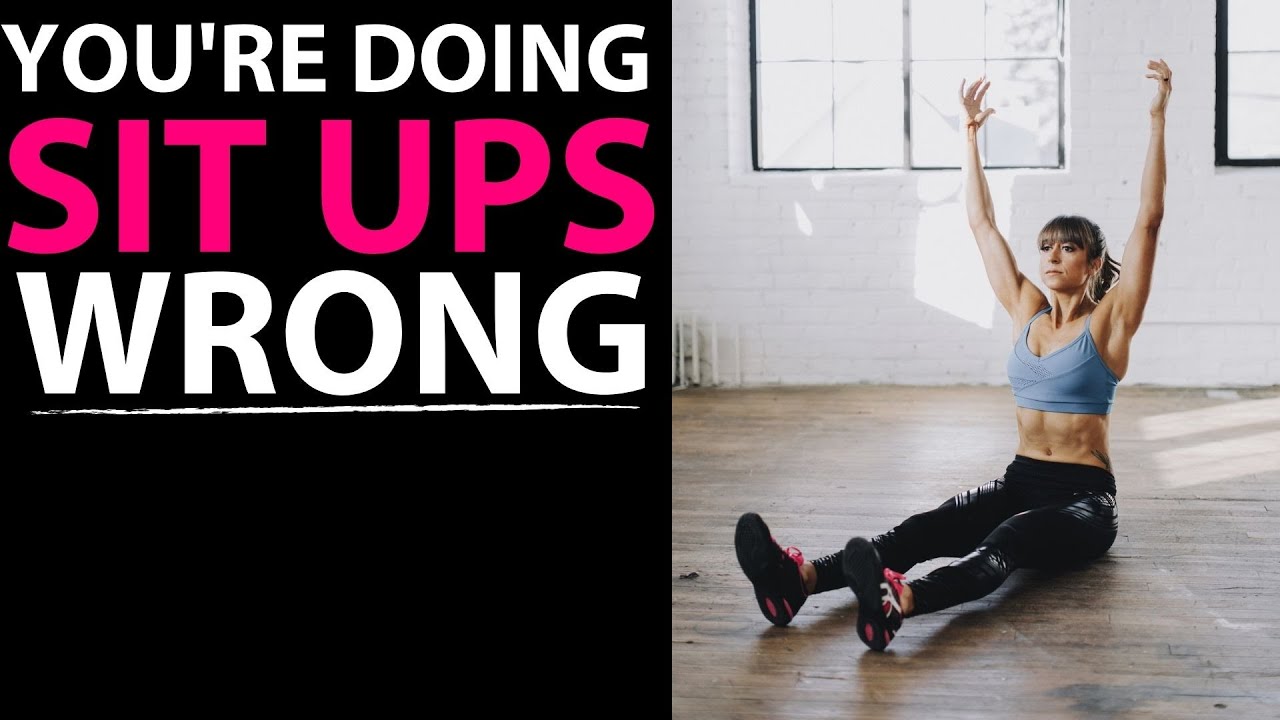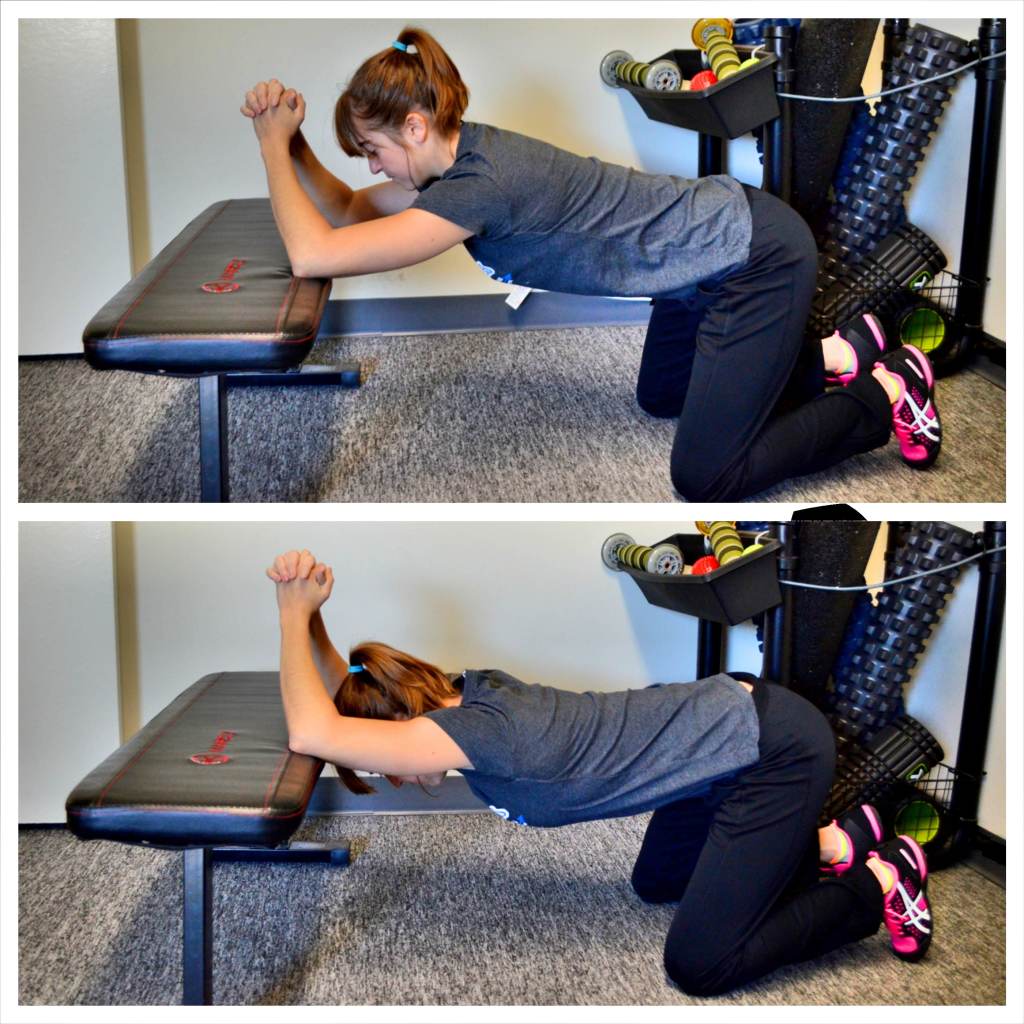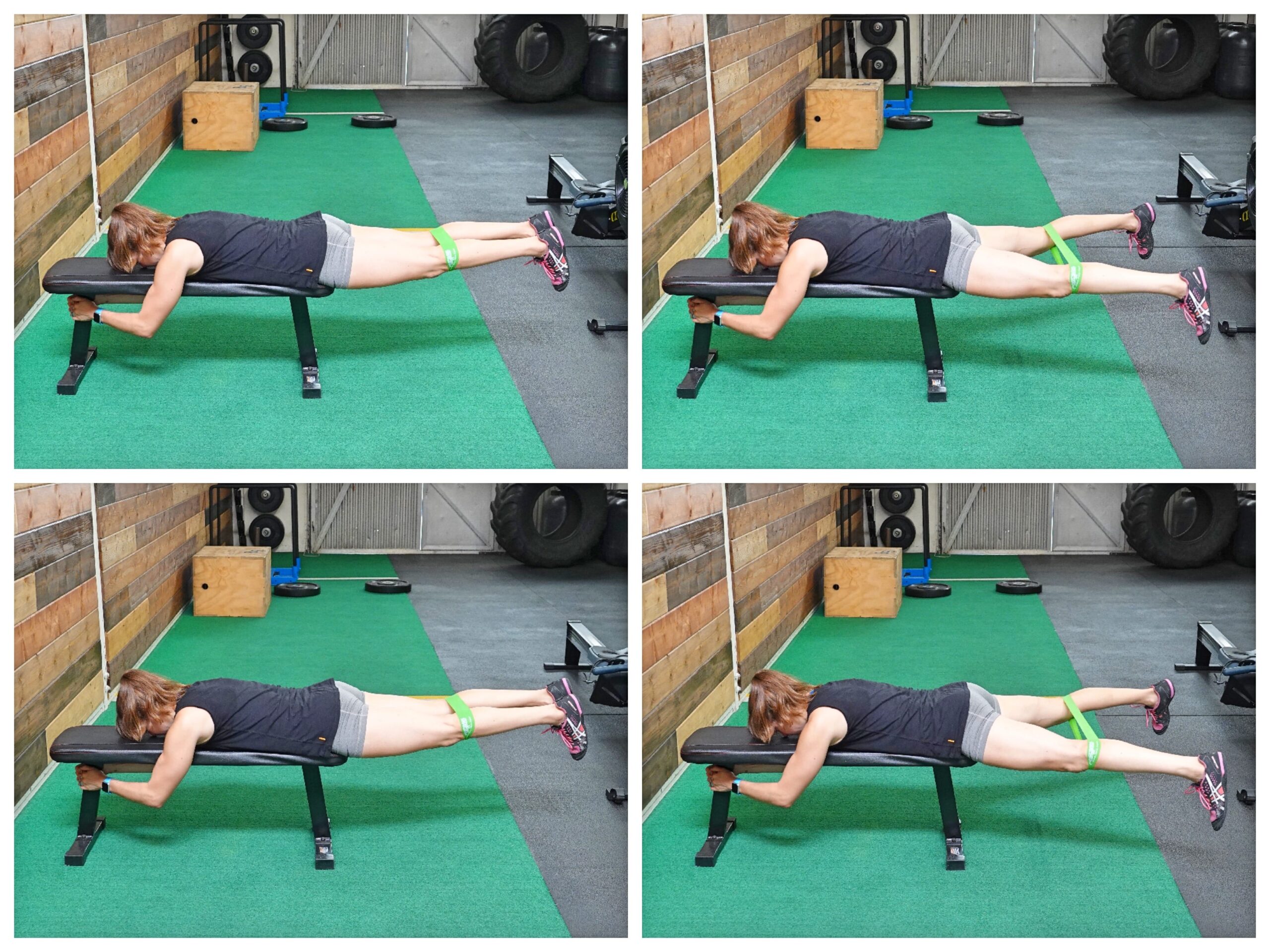
How To Do A Sit Up Properly – 3 Tips To Help
Sit ups get a bad rap because of the spinal flexion involved in the movement.
But guess what?
Our abs are worked by spinal flexion.
Yes they work to stabilize and prevent extension and brace to protect our spine, which is why planks are key too, but they do power spinal flexion.
And yes, we do work our core through all the amazing compound exercises out there like pull ups and squats and deadlifts, but that doesn’t mean we can’t also safely include spinal flexion moves to target our abs with a movement pattern they are MEANT to perform.
The key is learning to do sit ups properly so we aren’t compensating and overworking our lower back or relying simply on our hip flexors to sit up.
Here are 3 tips to help you get the most out of this basic move to work your abs through spinal flexion.
3 Tips To Improve Your Sit Ups
#1: Don’t sit up – roll up!
If you want to really focus on using your abs to sit up, don’t simply hinge and sit up at your hips. Focus on rolling up one vertebra at a time.
Think about truly curling your spine to come up.
You’ll realize this makes your abs work a lot harder and you feel your hip flexors working a lot less.
We have to remember that our abs power spinal flexion. And that curl to roll up is the spinal flexion we need to target our abs.
When we simply sit up and lie down, we often are performing the movement mainly as hip flexion. To get that ab engagement, we need that spinal flexion.
So focus on rolling up one vertebra at a time before sitting up nice and tall at the top. Then roll back down.
Even slow down the movement to focus on your abs over rushing through!
#2: Drive your heels down into the ground.
One of the best ways to relax an overactive muscle is to engage the opposing muscle group.
Often with sit ups, you see people’s legs flopping all over the place. Their legs lift and their hip flexors engage.
Next time you do sit ups, set up at the top and drive your heels down hard into the ground. Even think about slightly curling them back toward your butt. This will engage your hamstrings ever so slightly and help shut off your hip flexors.
Then slowly roll down.
Keep that tension, pushing your heels down into the ground as you roll down and come to rest at the bottom.
Keep that same pressure, pushing your heels down, as you sit back up.
You not only won’t feel your hips as much, but you may feel your abs more.
If you really struggle with your hips becoming over worked, you can even do a little hamstring hack, looping a band behind your heels to help you better engage those hamstrings if you struggle with applying pressure down into the ground.
#3: Don’t swing your arms overhead.
I know it can feel like we need the momentum to help us get back up, but swinging your arms is not only a way to cheat and not use your abs, but it can also cause you to arch your lower back at the bottom of the move and result in your lower back becoming overworked.
When you lie back down, you can bring your hands under your chin and then extend them toward your legs as you sit up if you do need a very slight assist in rolling up or you can keep them extended toward your legs.
The key is slowing down this move over trying to power through more reps.
If you really can’t get up without using the momentum, try a Seated Hinge variation, doing a top down variation of the sit up. Start at the top seated and only round to hinge back as far as you can control instead of starting lying on the ground.
This can help you learn to roll back to start.
SUMMARY:
Too often we take for granted this very basic ab move. And we demonize it for causing lower back pain when we simply aren’t performing it correctly and using the spinal flexion to work our abs.
Try these 3 tweaks and make your abs work during this basic move and stop relying on your hip flexors while overworking your lower back!






